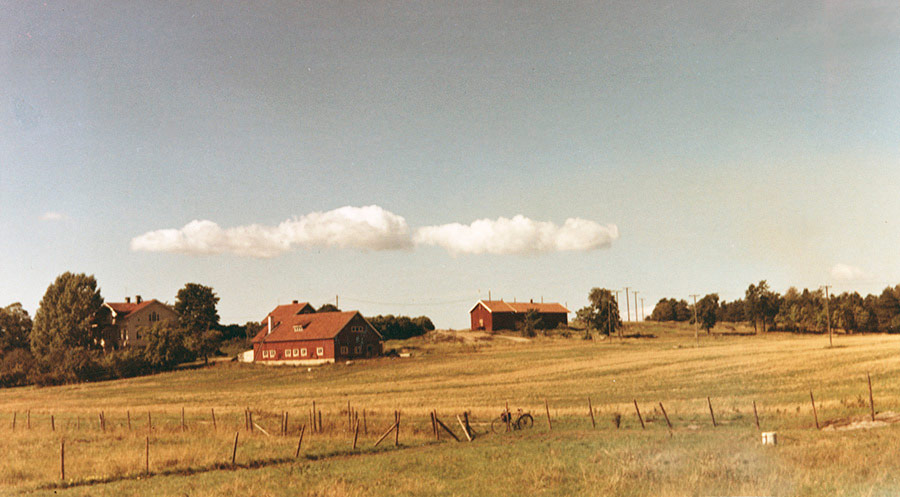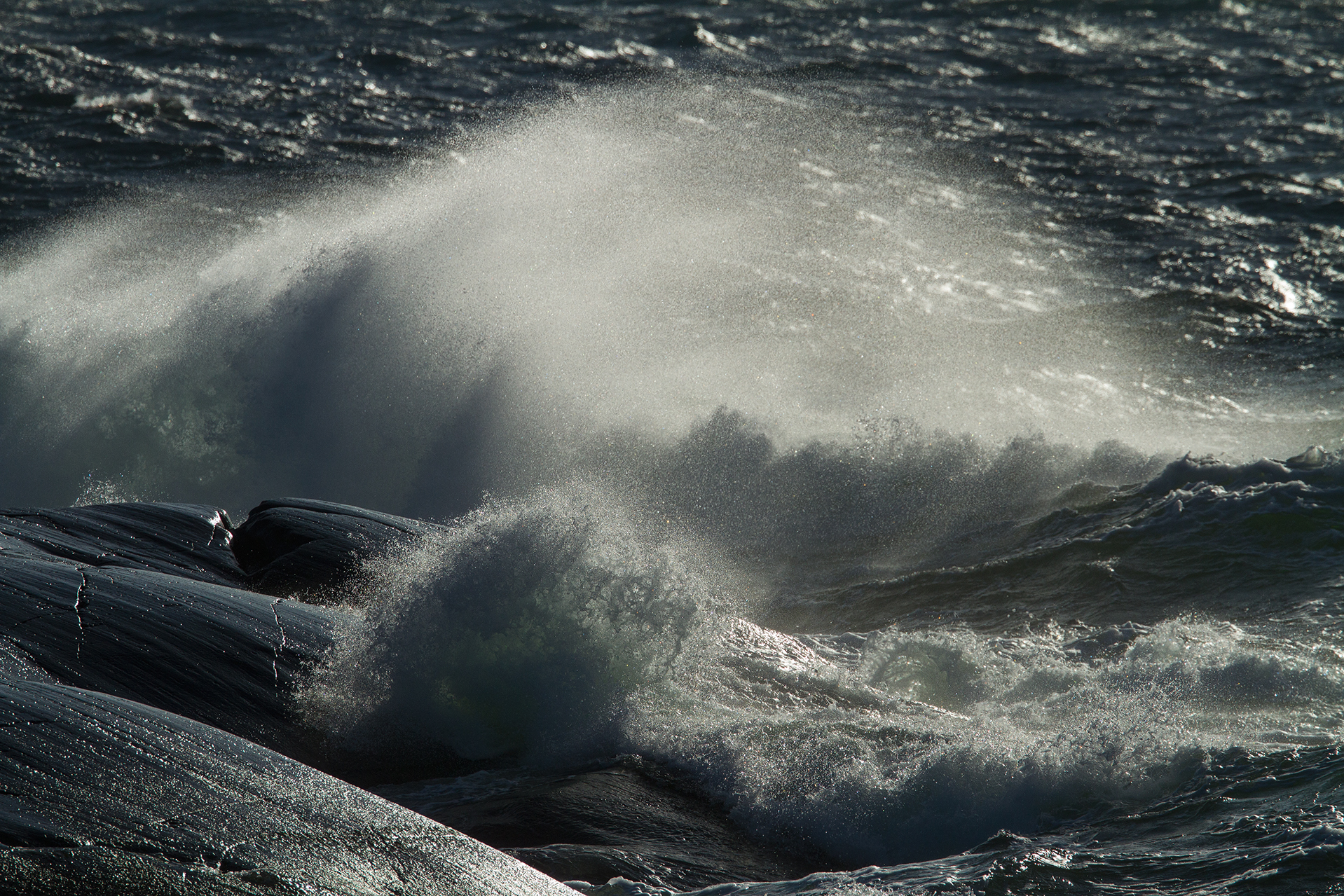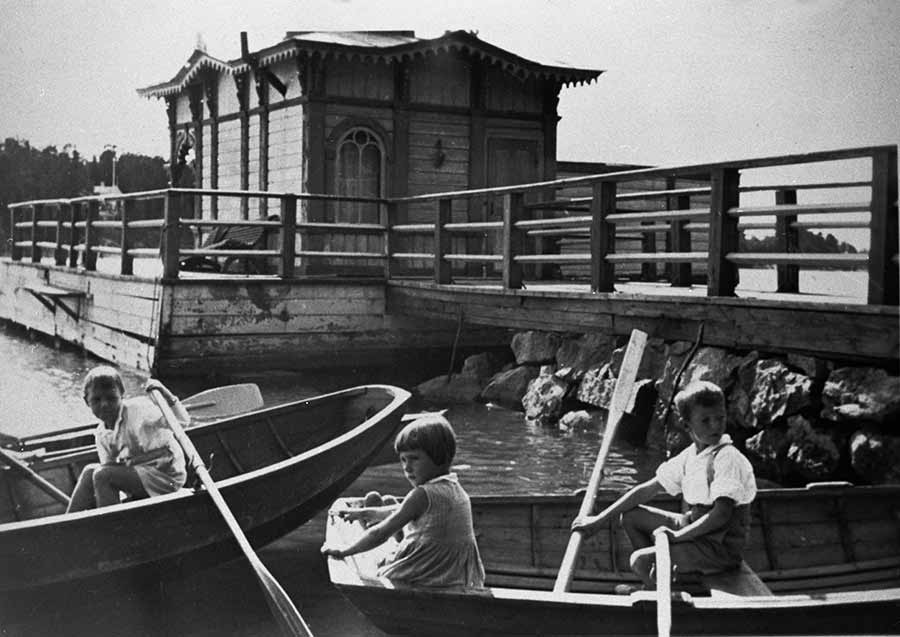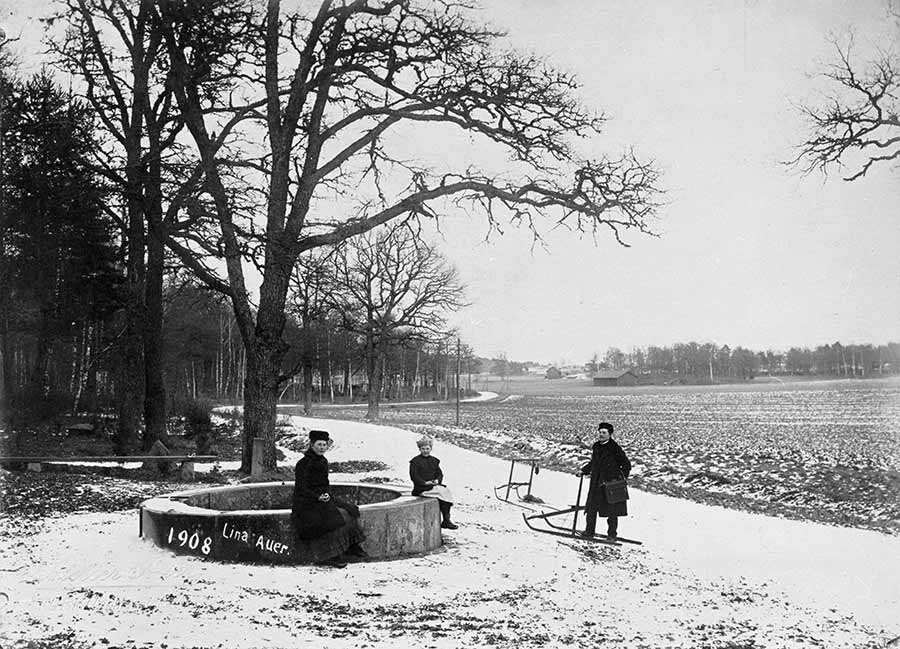Cultural attractions, part II
Ruissalo estate
At the heart of the landscape of Ruissalo are the buildings of the Ruissalo estate, which were the centre of the island until the 1840s. The main building of the estate was rebuilt in 1901, as the old main building dating back to the 1720s had been damaged in a fire two years earlier. The estate’s vegetable garden, established in 1754, grew apple, pear and plum trees as well as lilacs and Siberian pea-trees, in addition to plants used in the kitchen.
The rocky dry meadows and horse pastures near the estate buildings are popular among many rare and threatened insects, and the surroundings of the coastal meadow and the estate’s fields are home to many other species, from northern lapwings to roe deer.
Rantapromenadi and Kansanpuisto
In 1846, one of the plots of Ruissalo was reserved as a recreation area for the general public and received the name Yleinen käytävä, ‘the public promenade.’ It was moved in 1860 from by the Spring of Choraeus to its current location. The promenade became the summer trip destination of the people of Turku, where people used to promenade, among other activities. The area was later named Kansanpuisto.
In the present-day Kansanpuisto, visitors are welcomed by the restaurant Villa Promenade. One of the oldest rock festivals in Europe, Ruisrock, has also been held in Kansanpuisto since 1973.
Ruissalo Boatyard
Turku Boatyard was founded in 1889 on the Hevoskari peninsula of Ruissalo. A large boatyard building, machine shop, boat shelters and a mast shed were built in the area, and an old villa functioned as the boatyard’s office. When the boatyard ended its operations in 1954, the buildings were transferred to the use of the Port of Turku. The official name ‘Turku Boatyard’ gradually transformed into the name ‘Ruissalo Boatyard.’
Since 2013, most of the buildings and area have been sold to the tugboat company Alfons Håkans Oy. The use of the old boatyard area has remained the same for over a hundred years – the area is still home to docking and shipping operations, boat storage and a boatyard. However, during the summer season, the large boatyard hall functions as a banquet hall. Nowadays, the area also includes a restaurant, a café and an interior design shop.




